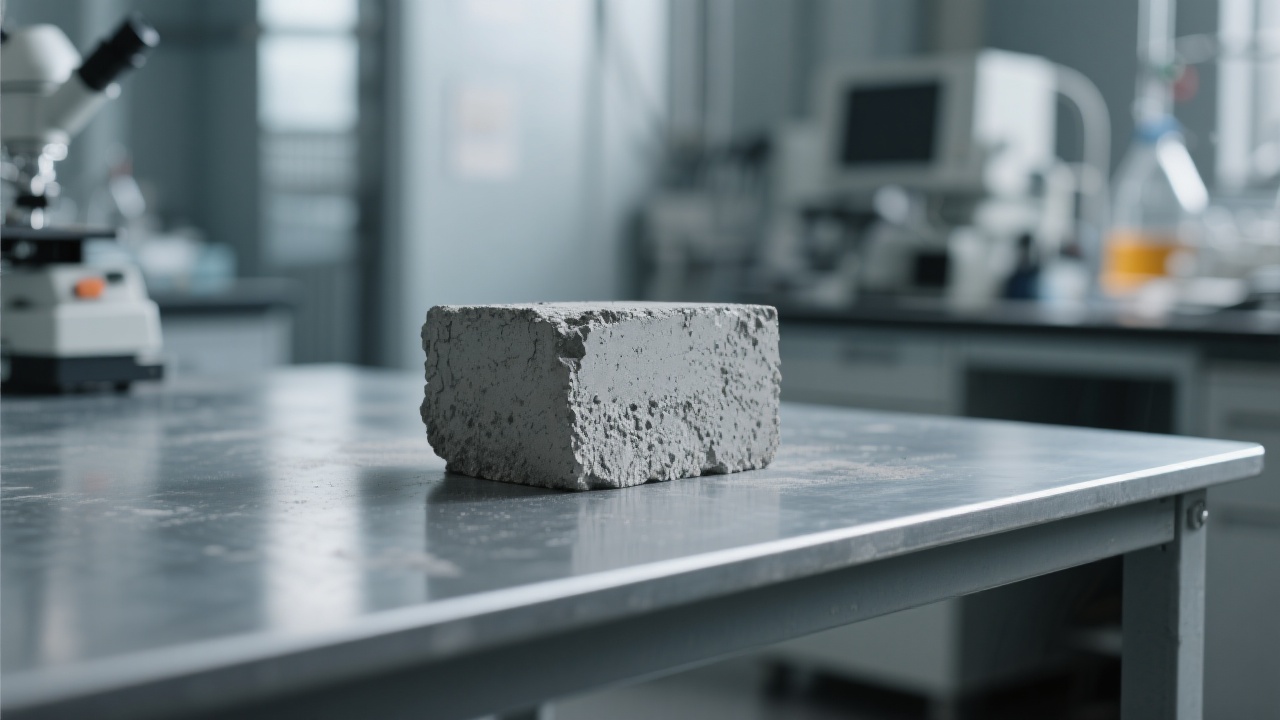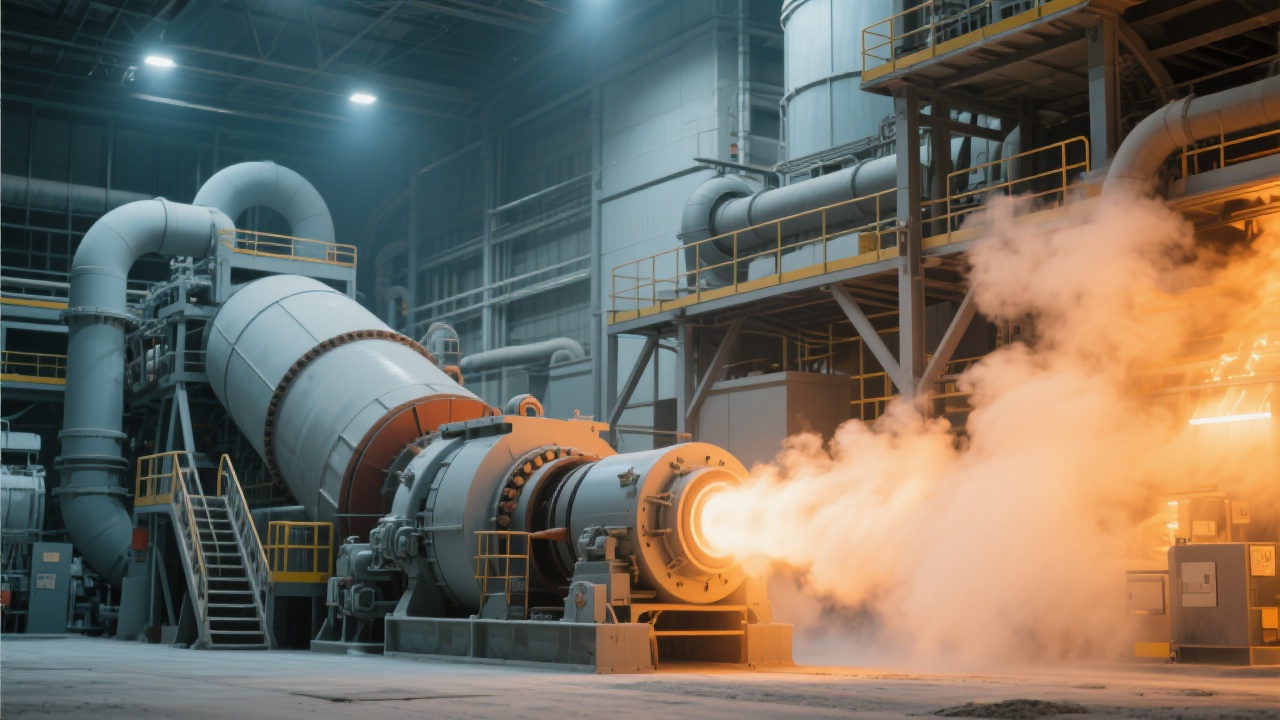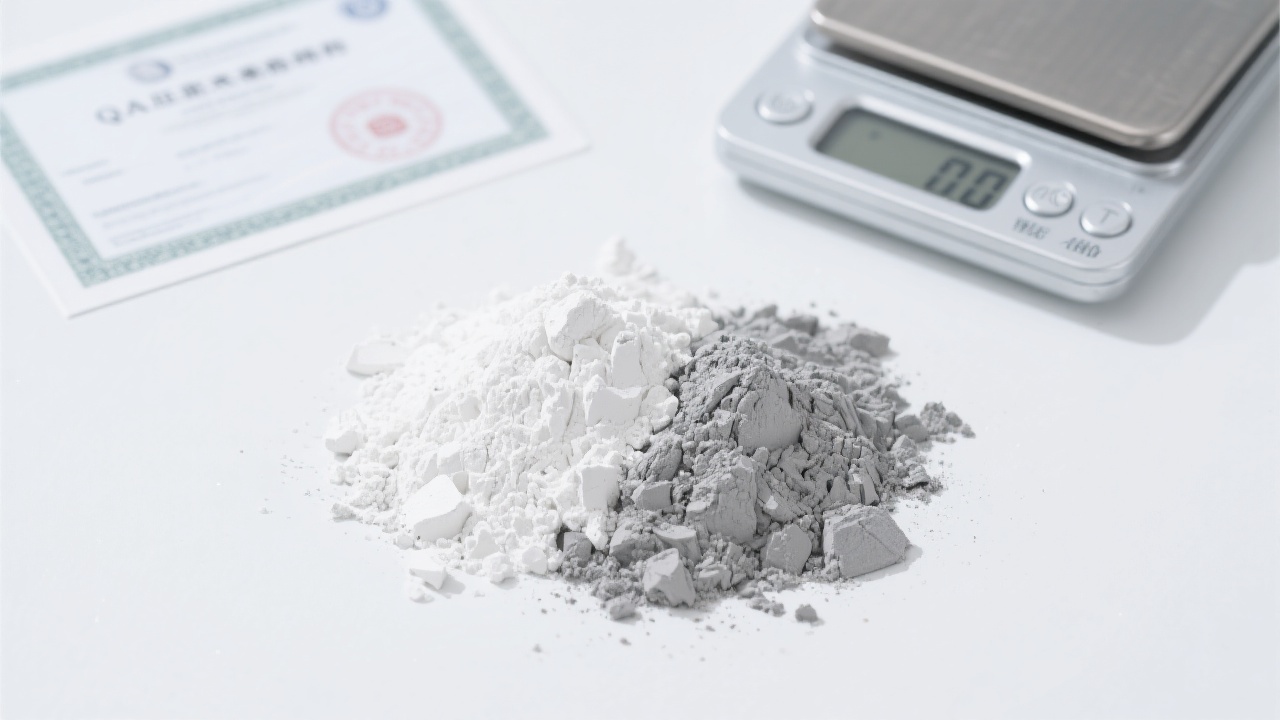
In the field of refractory materials, high - alumina clay checker bricks developed by Zhengzhou Rongsheng Refractory Materials Co., Ltd. have emerged as a revolutionary product. The R & D of these bricks was driven by the increasing demand for high - performance refractory materials in high - temperature industrial environments. The harsh conditions in industries such as steelmaking, glass manufacturing, and cement production require materials that can withstand extremely high temperatures, possess excellent thermal stability, and have low apparent porosity.
These high - alumina clay checker bricks have remarkable core competitiveness. In terms of refractory temperature, they can endure temperatures up to 1700°C, which is significantly higher than many similar products on the market. Their thermal stability is also outstanding. Tests have shown that they can maintain their structural integrity after 50 thermal cycles between high and low temperatures, ensuring long - term stable operation in fluctuating temperature environments.

The low apparent porosity is another key advantage. With an apparent porosity of only about 18%, these bricks can effectively prevent the penetration of molten metals and corrosive gases, thereby extending their service life.
The R & D process of high - alumina clay checker bricks was not smooth sailing. The R & D team faced numerous challenges. For example, in order to achieve the desired high - temperature resistance, they had to experiment with different raw material ratios. After hundreds of tests, they finally found the optimal combination of high - alumina bauxite, kaolin, and other additives.
In terms of improving thermal stability, the team innovated by introducing a new type of ceramic fiber into the brick matrix. This fiber acts like a "reinforcing rib" inside the brick, enhancing its ability to resist thermal stress. Through continuous efforts and innovation, the R & D team overcame these technical difficulties and achieved significant breakthroughs.
Let's take a look at some real - world application cases of high - alumina clay checker bricks in overseas markets. In a steel plant in Germany, the original refractory materials had a short service life, often needing replacement every 3 months, which seriously affected production efficiency and increased costs. After using Zhengzhou Rongsheng's high - alumina clay checker bricks, the service life was extended to 12 months, reducing the frequency of shutdowns for maintenance and increasing the annual steel output by 8%.

In a glass factory in the United States, the high - alumina clay checker bricks helped improve the melting efficiency of glass raw materials. The stable high - temperature environment provided by these bricks reduced the melting time by 15%, saving a large amount of energy and reducing production costs.
For customers, professional technical indicators of refractory materials can be a bit confusing. Zhengzhou Rongsheng uses plain language to explain these indicators. For example, the high refractory temperature means that the bricks can maintain their shape and performance in a high - temperature furnace, like a strong shield protecting the furnace from damage. The low apparent porosity is like a well - sealed container that prevents harmful substances from entering the brick, ensuring its long - term use.

Are you facing challenges in high - temperature industrial production? Do you want to improve production efficiency and reduce operating costs? Zhengzhou Rongsheng's high - alumina clay checker bricks can be your ideal choice. We invite you to contact us for more information, ask questions, or request a product sample. Share your specific industrial scenarios with us, and we will provide you with tailored solutions.











